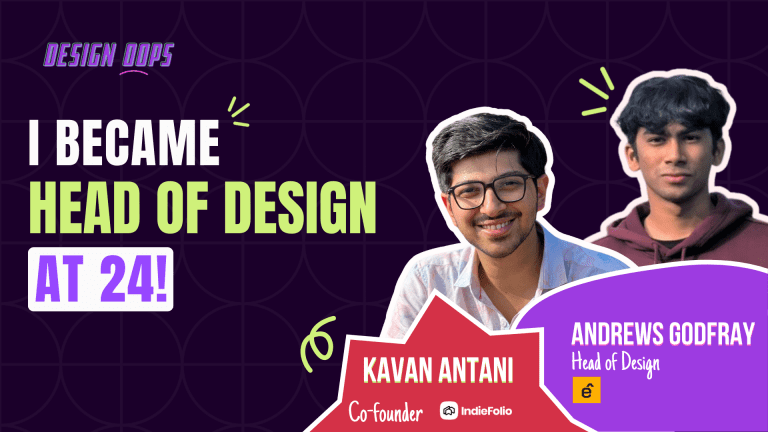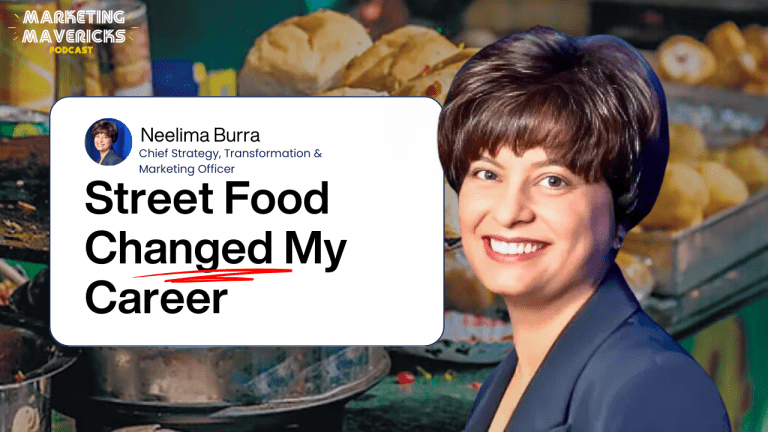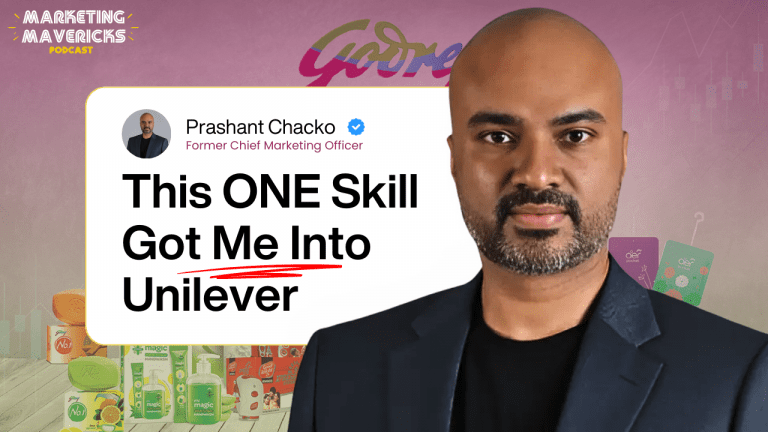Creativity without success?
A weekly huddle of OKRs and delivery and you know. There are few things as agonizing as doing something great that doesn’t add value to your business. This blog is meant to help you bridge the gap between cultivating creativity and securing success.
Research has it that innovative companies are likely to achieve 75-85% greater profits in five years than less innovative ones. But creative upgrades without alignment, processes and meaningful business purpose can fizzle out easily.
American psychologist, Ellis Paul Torrance who developed the Torrance Tests of Creative Thinking (TTCT), sets down a collection of measures to assess creativity. He puts them along five dimensions: fluency. Originality, elaboration, abstractness, and resistance to premature closure as he had it. Juxtaposed against your business activities, you can think of creativity and success as dance partners in lockstep.
Here’s a checklist for creative success.
1. Schedule free time
Not scheduling free time is the ultimate professional nightmare. And if you’re in the creative business, it bears a terrifyingly high cost. The number one way to inspire creativity in your creative workers, employees, independents, or outsourced service providers, is to build a habit of scheduling free time.
2. Build a good creative work ethic
The creative landscape has so many constraints. There’s the stress of delivery, time-bound goals, and budget slashes. Epstein, visiting scholar at the University of California, recommends routine creativity.
“As strange as it sounds,” creativity researcher Johnathan Plucker says, “creativity can become a habit.” And Epstein, visiting scholar at the University of California recommends: you document new ideas, seek out challenging work, upgrade knowledge, and surround your creative people with a stimulating environment and processes. Here’s an instance of how creativity led to a 55% increase in new ideas, $600,000 growth in revenues, and saved about $3.5 million in unlikely cost reductions.
3. Broaden your network
Here’s an exercise for you. Going by your age right now, and your expected lifespan, how many weekends do you have to look forward to? Calculate. Go on, we’ll wait.
What do you think? Budget sometime this weekend for fun, light banter, and knowledge-sharing with people smarter than you. Encourage your team to do this exercise too. Chances are, as the hours pass and Monday gets closer, you’ll each have something more valuable to bring to the workplace.
4. Invite multiple perspectives
Every complex problem-solving exercise demands that you get on the balcony after you’ve put yourself in a position of constant learning on the field. As heads of marketing and creative teams, how we change and flex our points of view determines how we lead, listen, collaborate, hold conflicting perspectives, negotiate, and connect with others.
5. Harness negative emotions
While it may seem counterintuitive, research has shown that negative emotions can stimulate creativity. As Harmon-Jones says, “Low motivational states facilitate the search for new goals to pursue, whereas high motivational states focus on completing a specific goal.” Difficult problems in the design, business leadership, and innovation involve tasks that call for diligence, persistence, and focus. These traits are neither positive nor negative per se, but the scope of attention delivers a certain motivational intensity that compels.
6. Create a safe space for expression
We have a bias when we think about creativity. We value things that can be seen. But it is in the unseen where creativity and learning are really happening. Let’s demonstrate.
- What is the first thing that comes to mind when you think of creativity?
- How often do you really listen to yourself or another while ideating?
- What do you think can emerge in Zoom meetings and business decision-making when we enact listening to messy thoughts without judgment?
Creativity lives in process not product. In product-led growth strategies, for example, it’s usually the failed creative projects that paved the way for success. The nooks and crannies were where there was room for safe creative expression while experimenting and learning quickly.
7. Forge meaningful connections
Too often, there’s also a lack of clear communication channels in the workplace. Contact with leaders can feel too formal or absent and a study shows that 85% of employees are afraid to share ideas at work. Conversely, when employees feel that they have something of value to contribute, they show up more confidently.
A hybrid working environment presents challenges to core relationship-building and communication. On a deeper level, mirror the strengths your people bring to the table. Empathize with those who ask questions. And make room for vulnerability and authenticity for meaningful connections.
8. Incentivize
Incentives connect employees to your organizational goals, they create clarity, control, and alignment. As you budget your incentive plans, offer fair opportunities for intended results and concrete measures to align strategic intent with key employee motivation and behavior.
Creative teams at high-growth businesses can offer a diversity of thought, background, and experience. And creative systems can spur sustainable success. And yet, creativity may not be as universally beloved as we think.
A study in the journal Organisational Behaviour and Human Decision Processes confirms this. There is an implicit antipathy and judgment towards creativity and creative people. And this can form the basis for decisions around whom to hire, fund, and single out for lucrative opportunities. In the design industry, judgments about “who” is creative are common and these tropes are highly consequential to business decisions around what is likely to bring success.
The School of Thought Cre@tivity Continuum, to take another example, acknowledges that there is a spectrum of solutions to any challenge. And these solutions are best delivered under fair and safe constraints of deadlines, requirements, and resources. Where the antidote for sterility or stagnation is the ability to fail fast and succeed faster.






